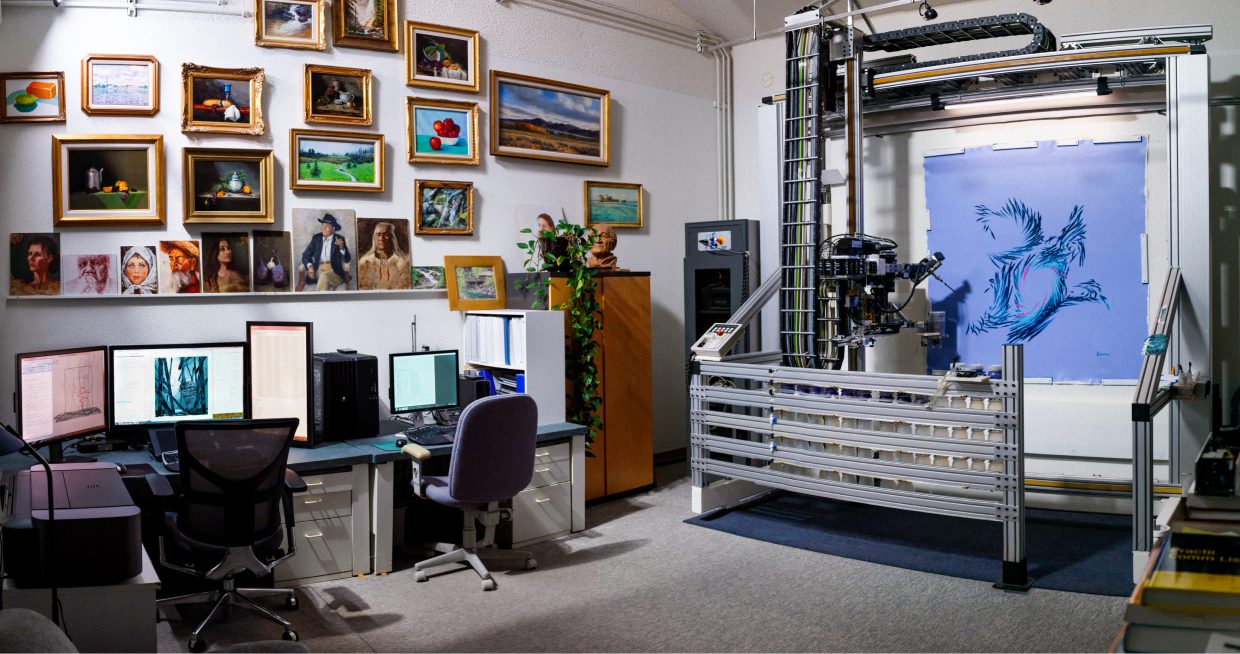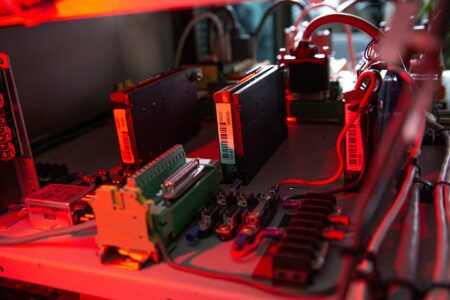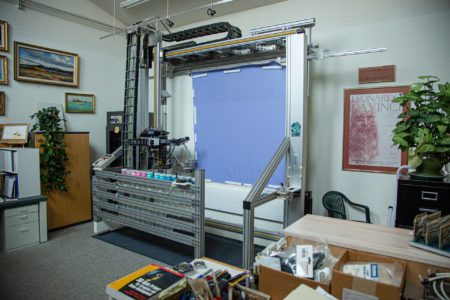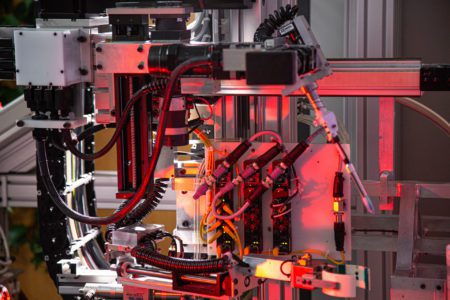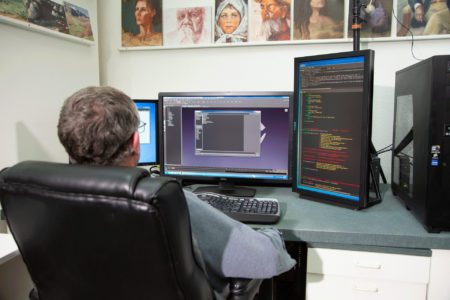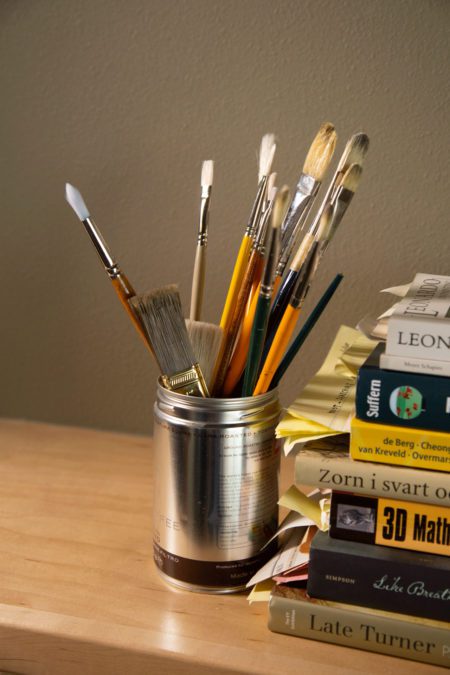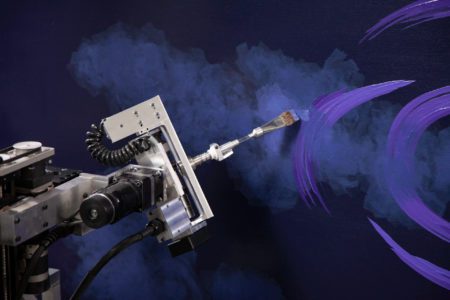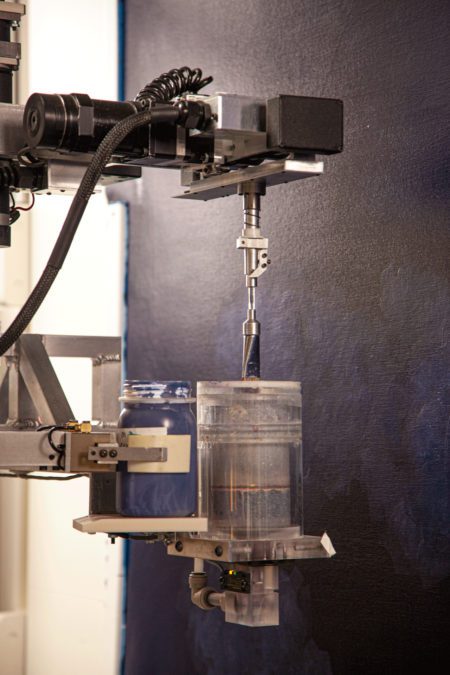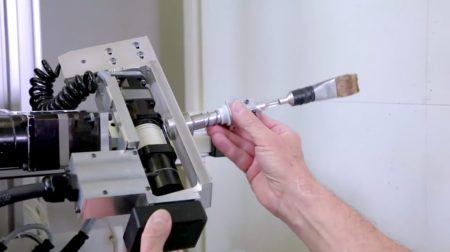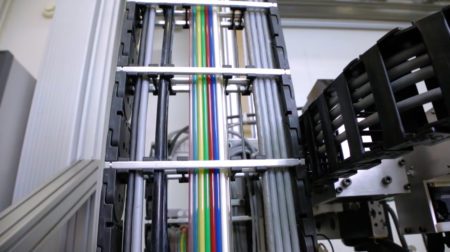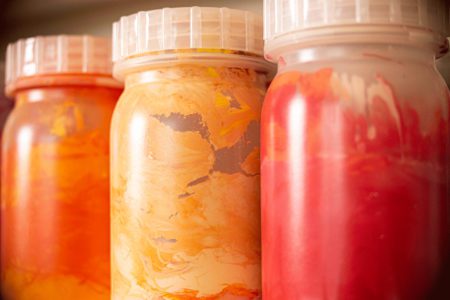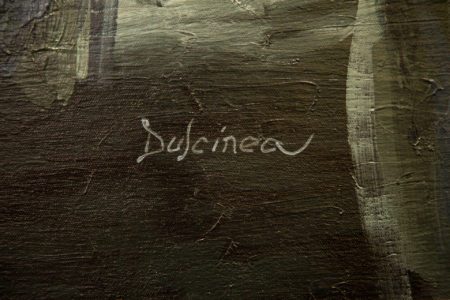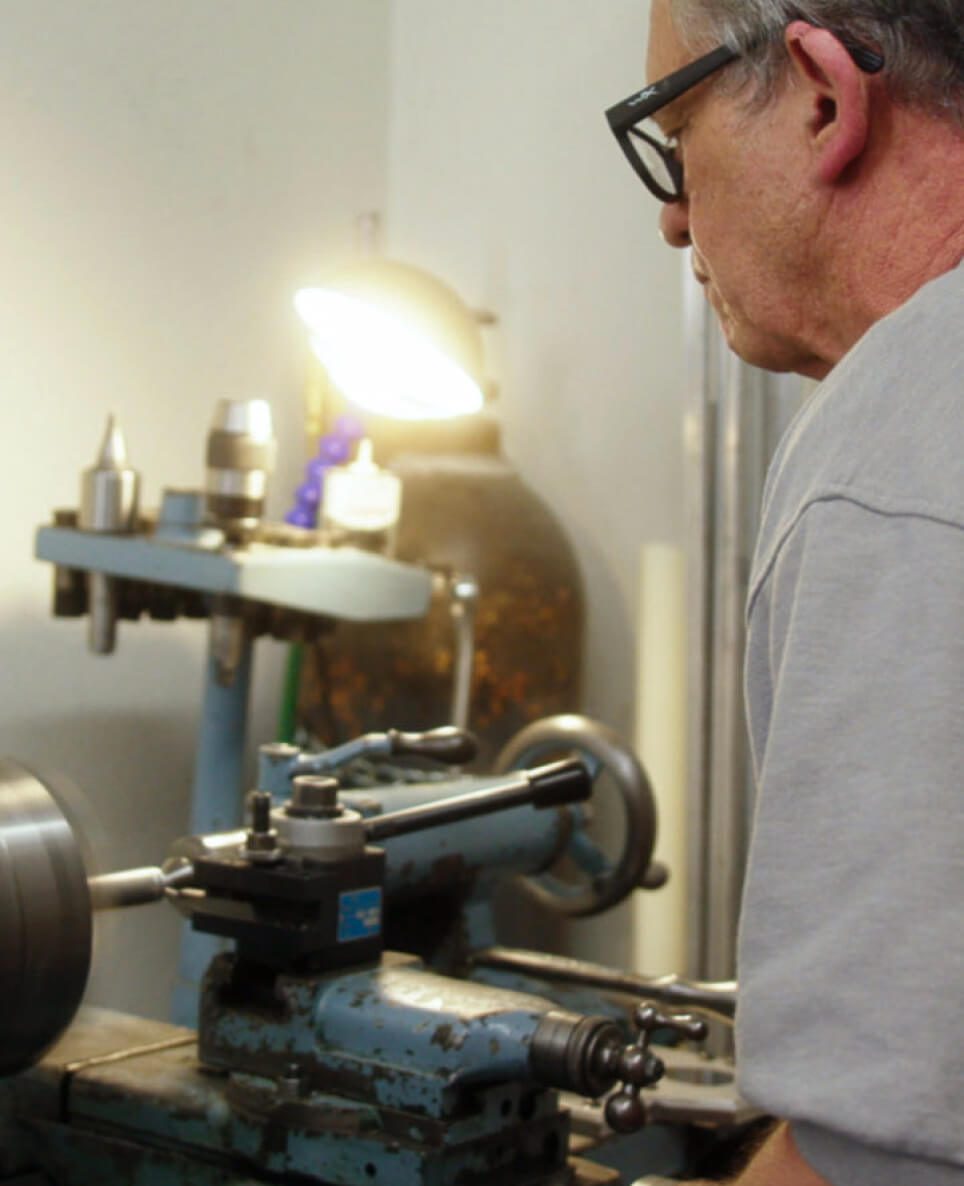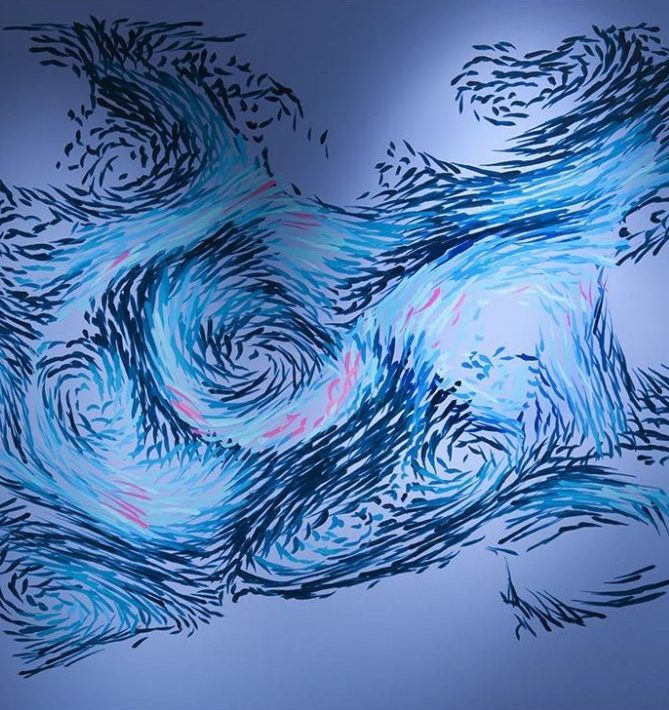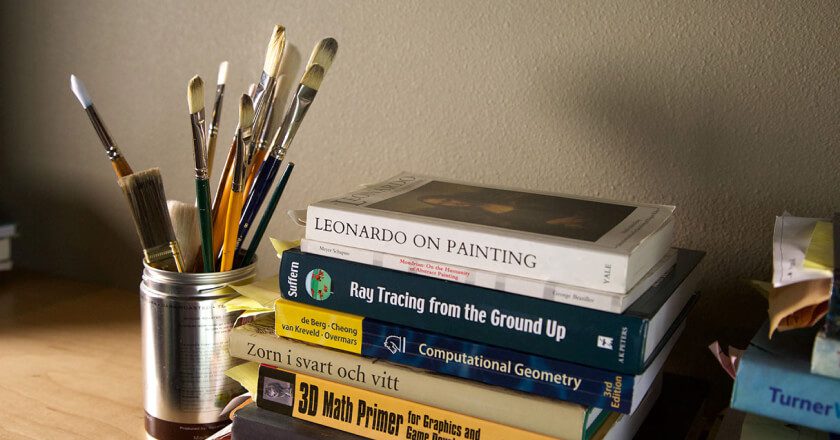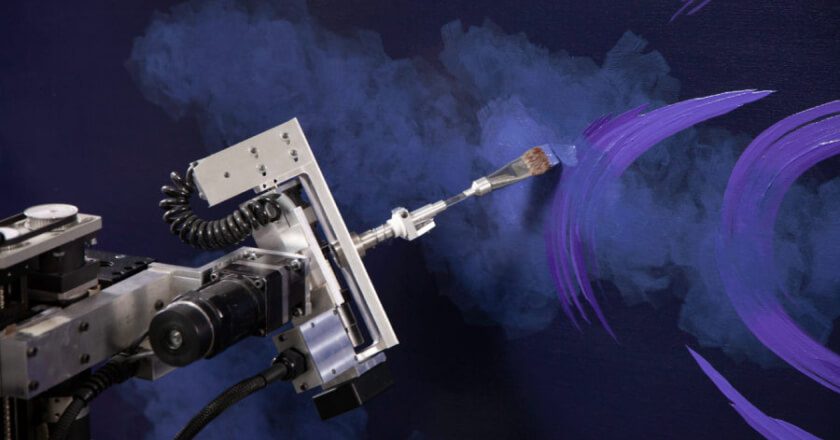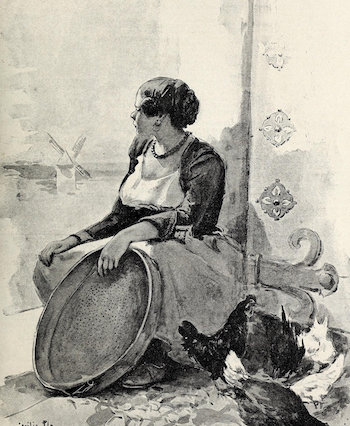
Naming Dulcinea
In Cervantes’ novel Don Quixote, the protagonist aspires to be a knight and win the heart of a fair princess. Dulcinea is a character in a neighboring village who is a hard-working wench, though, in Don Quixote’s eyes, she has all the qualities of a fair maiden. Likewise, Paul has named his robot Dulcinea because she is hard-working, never complains after thousands of brushstrokes, and is in his eyes a thing of true beauty.
“To succeed, planning alone is insufficient. One must improvise as well.”
